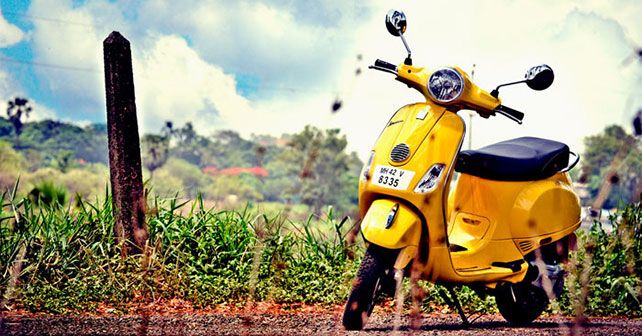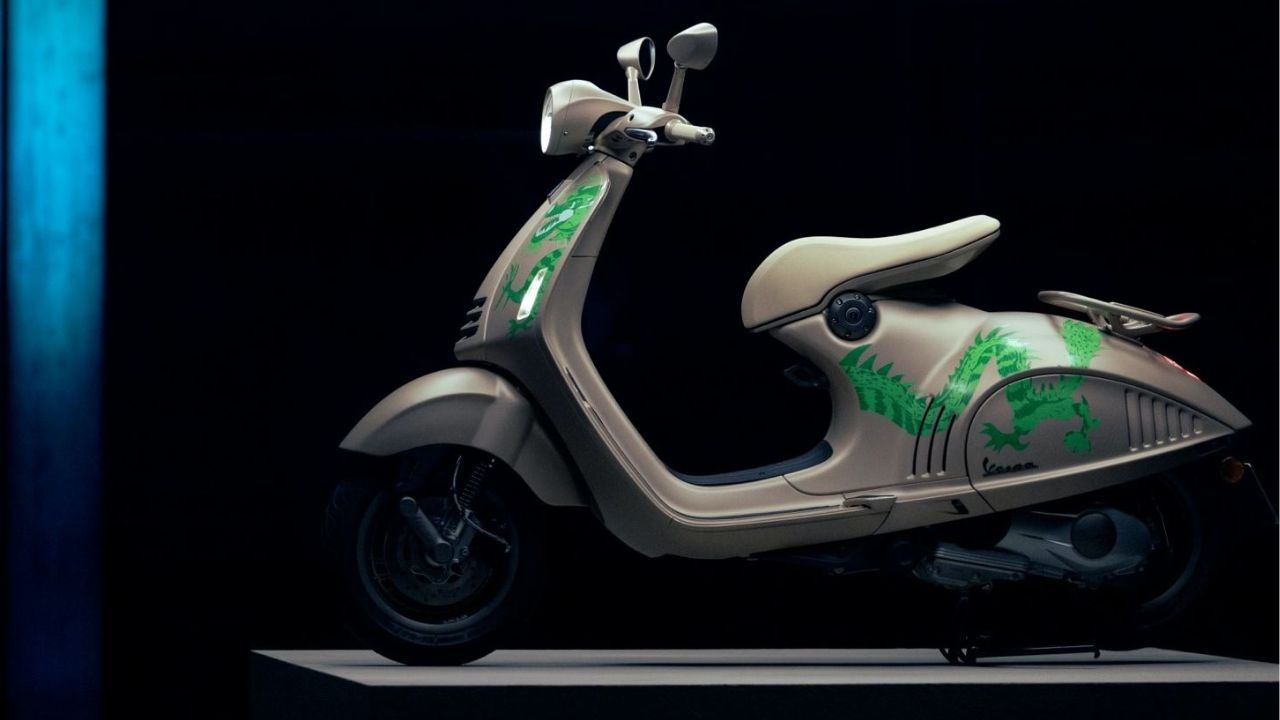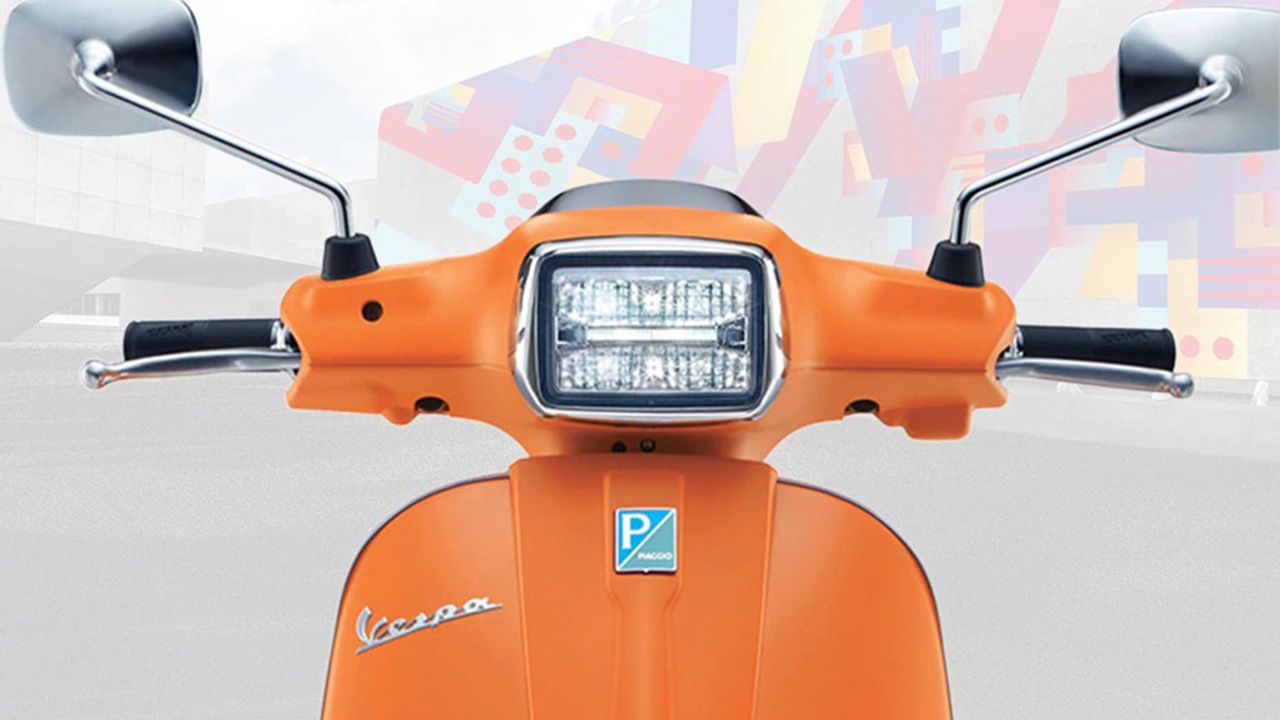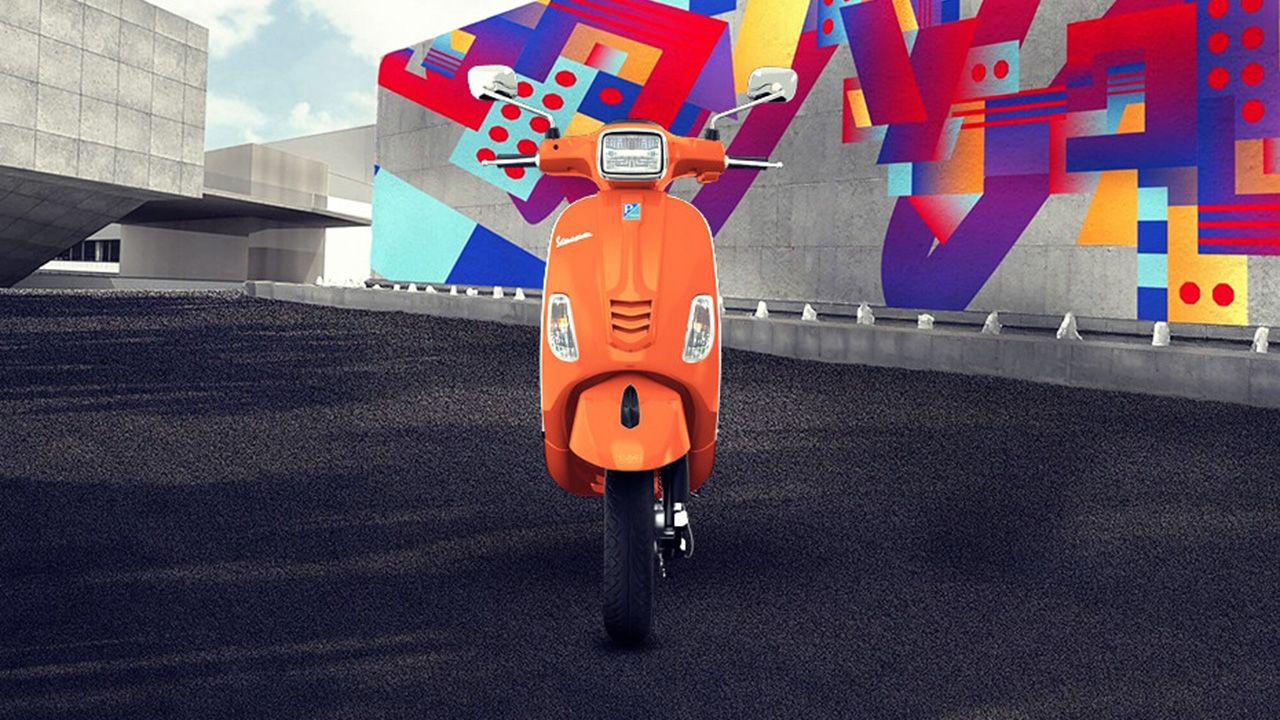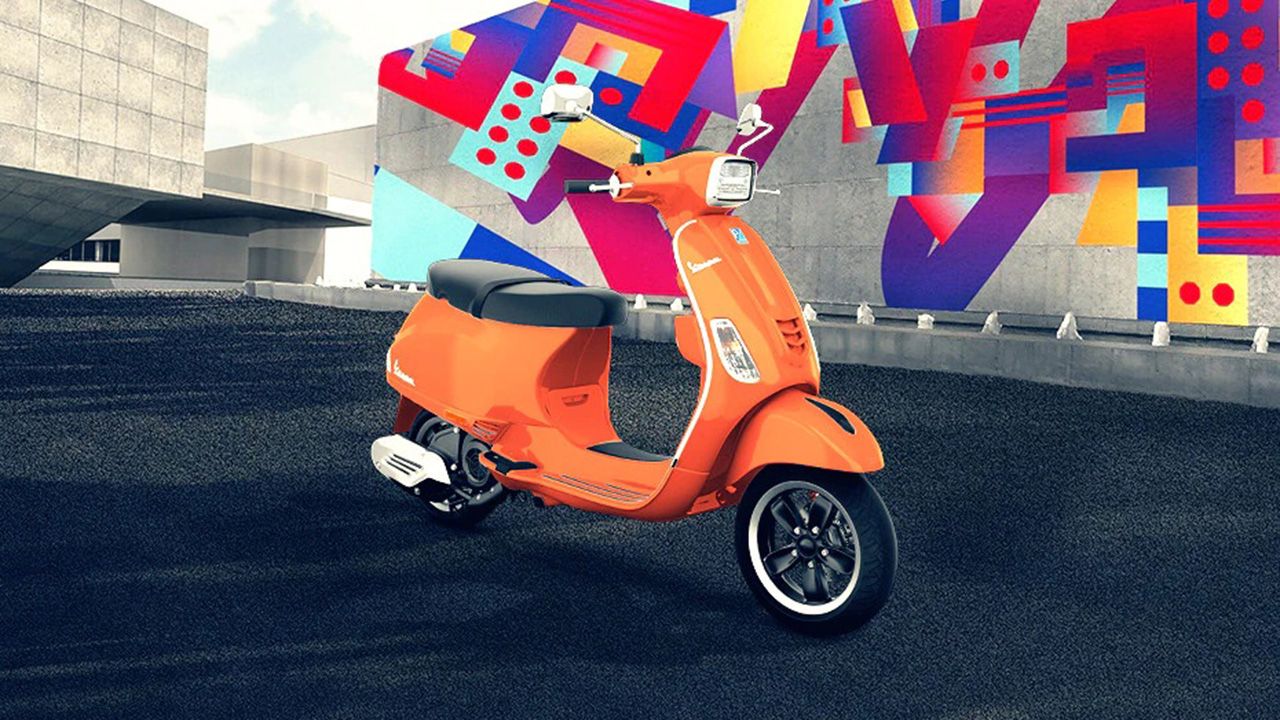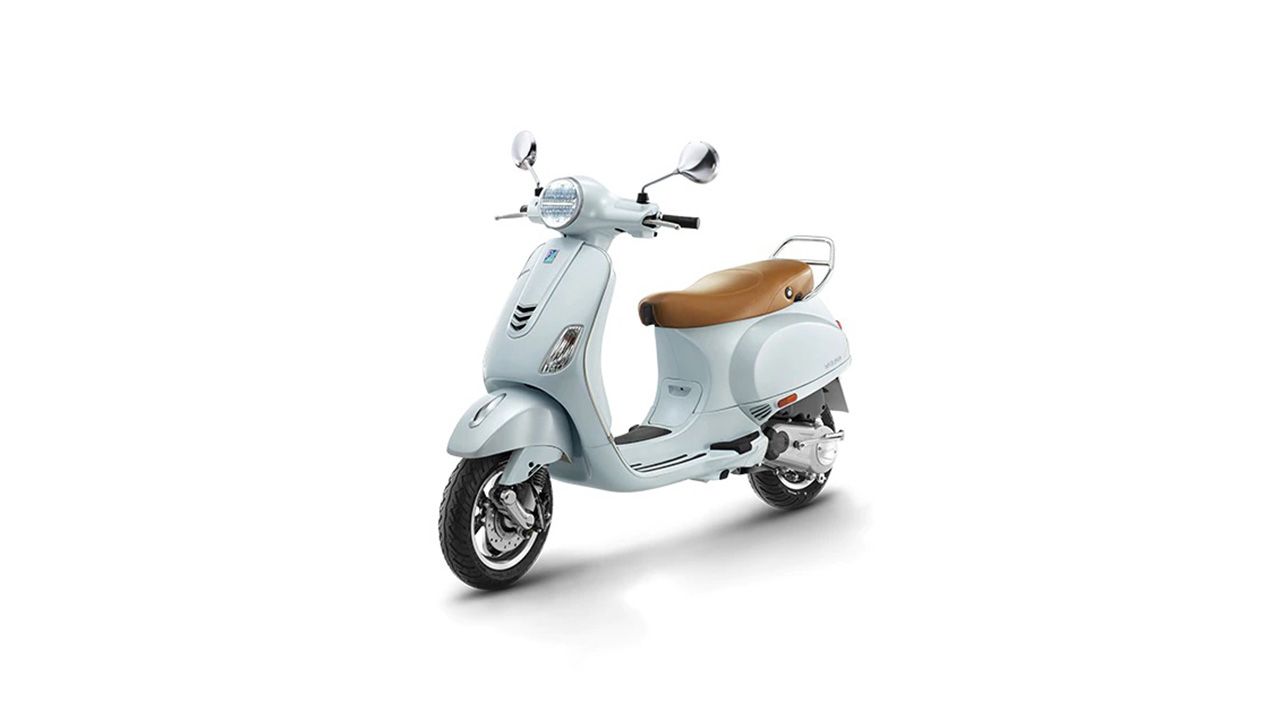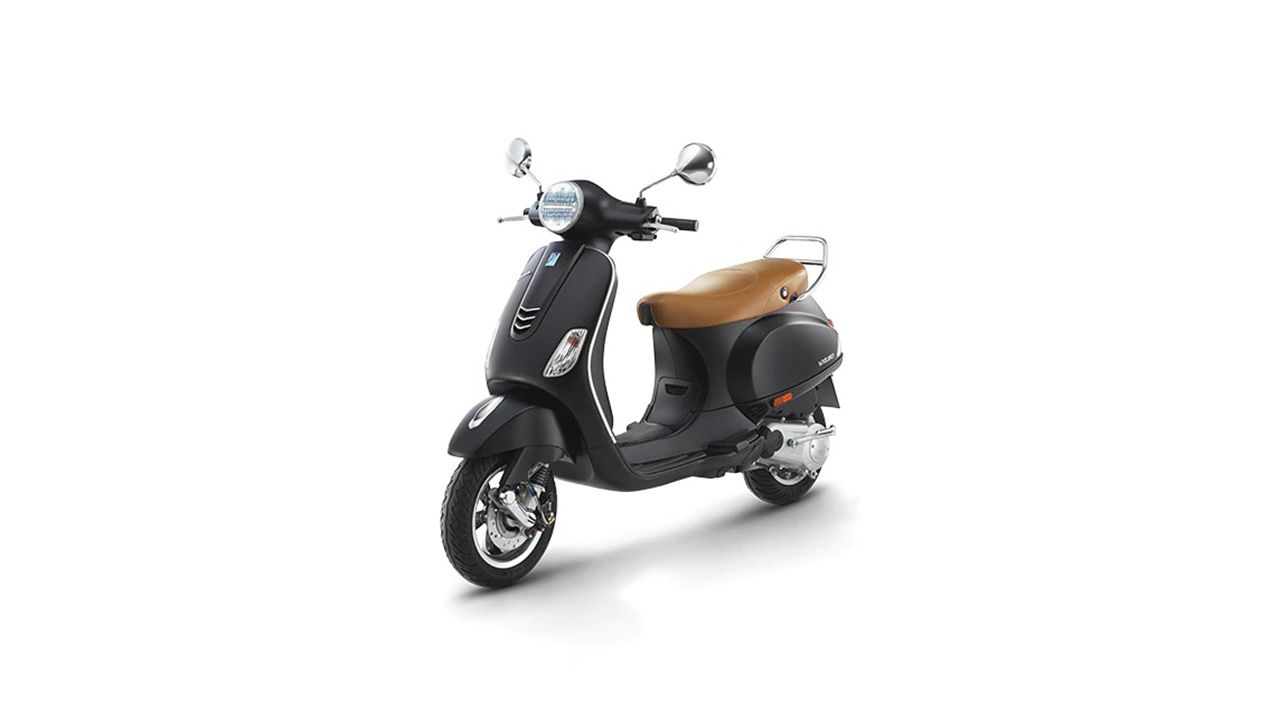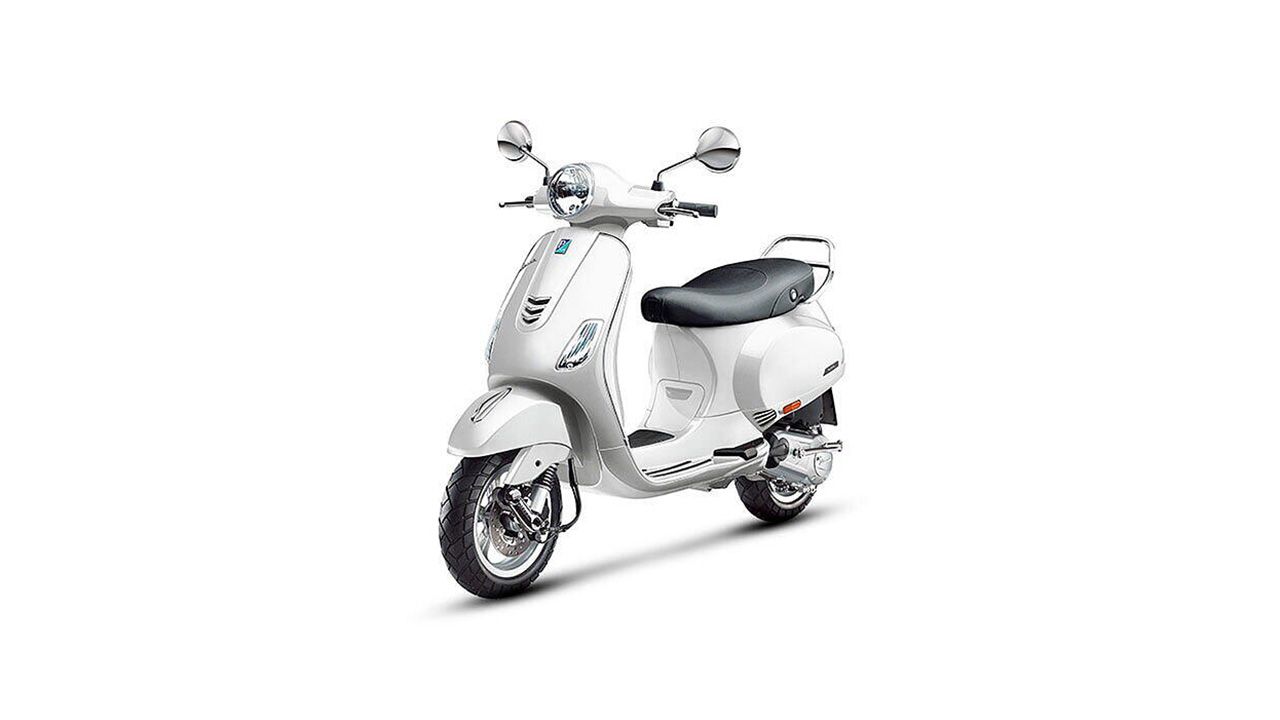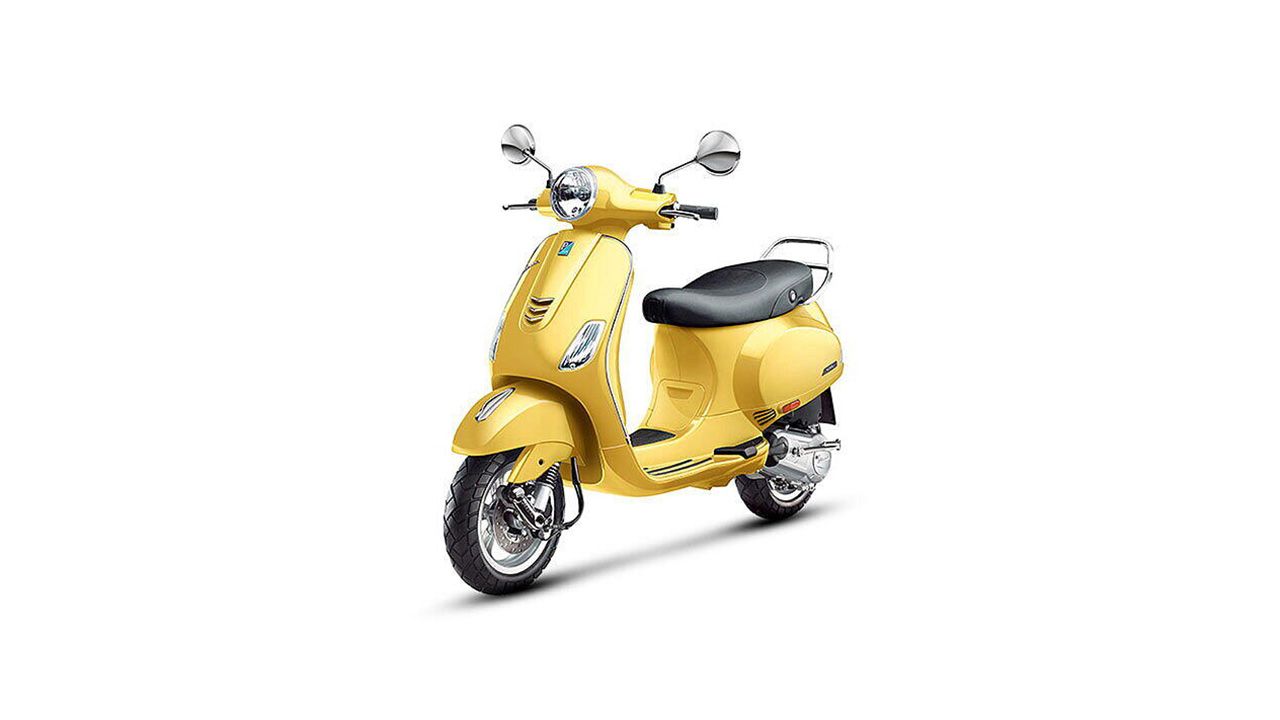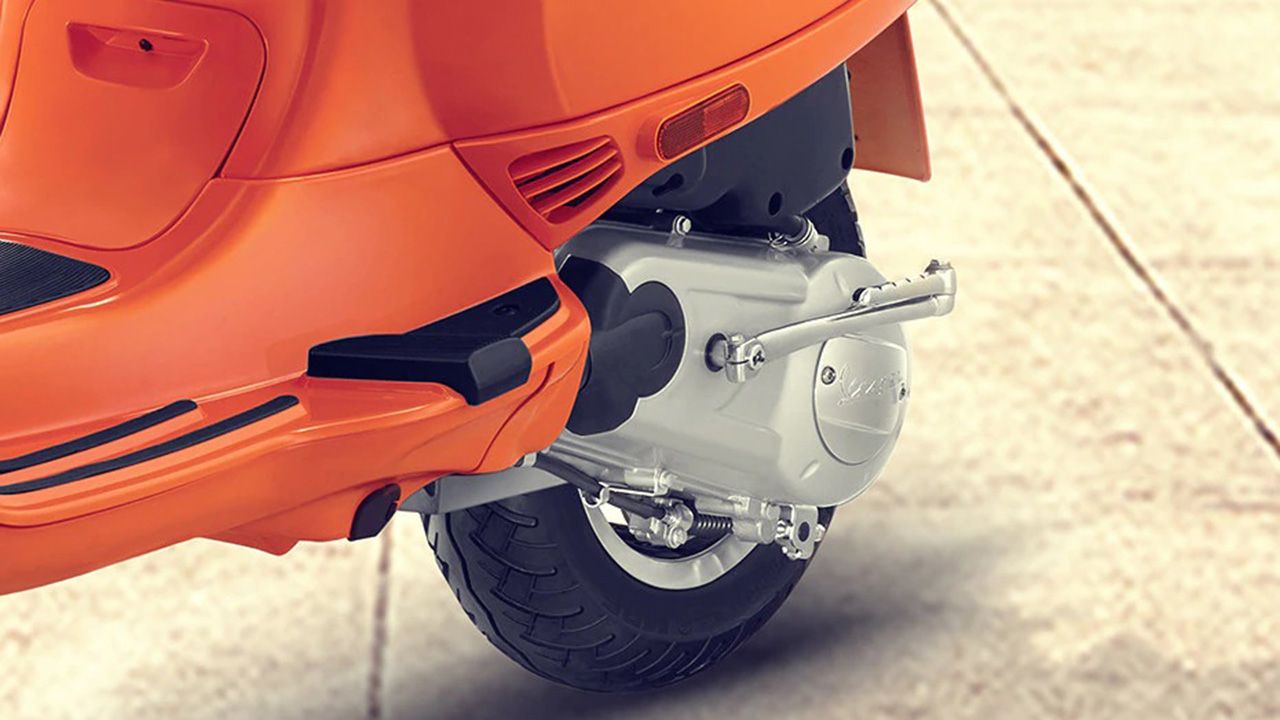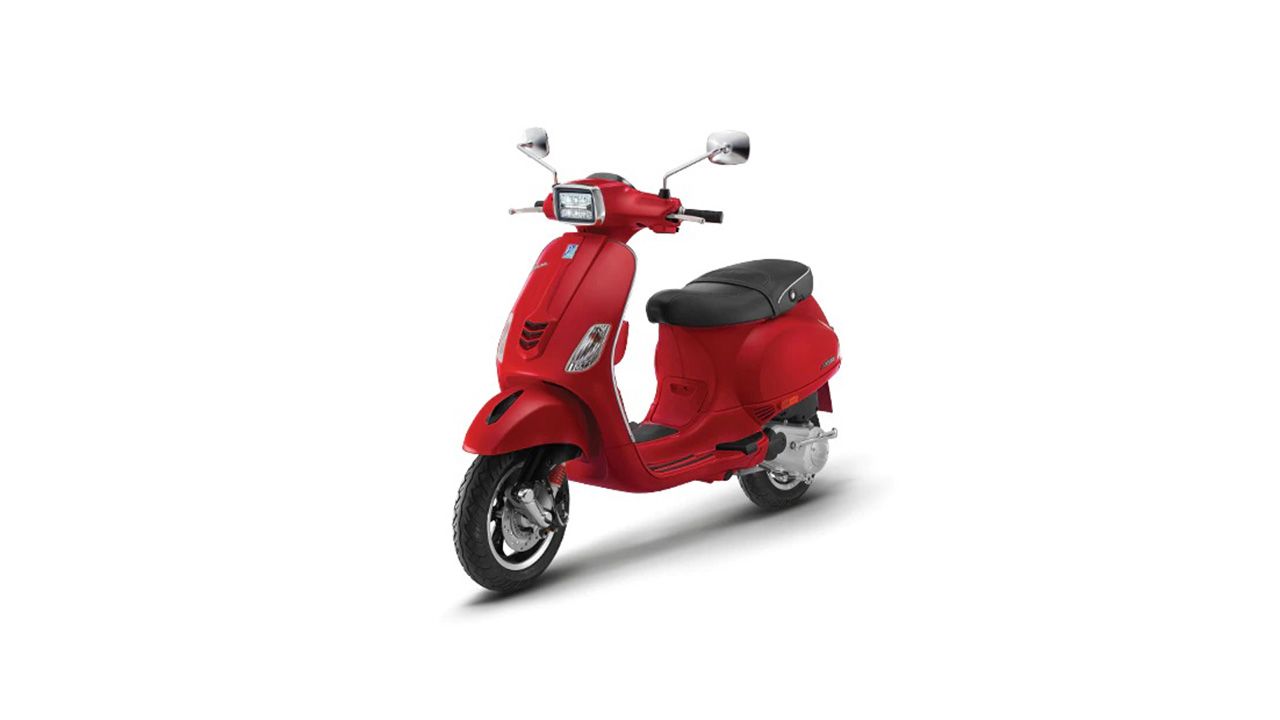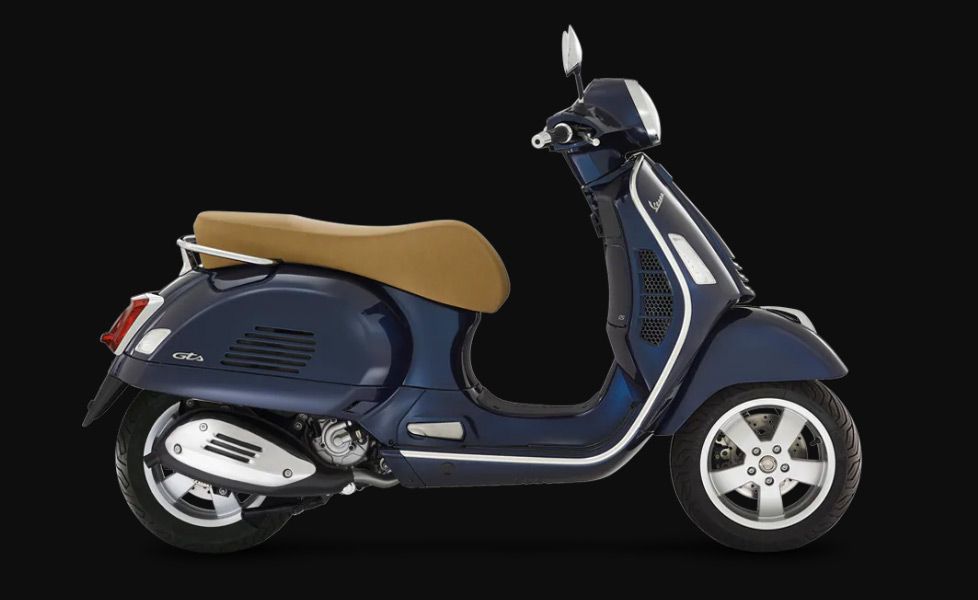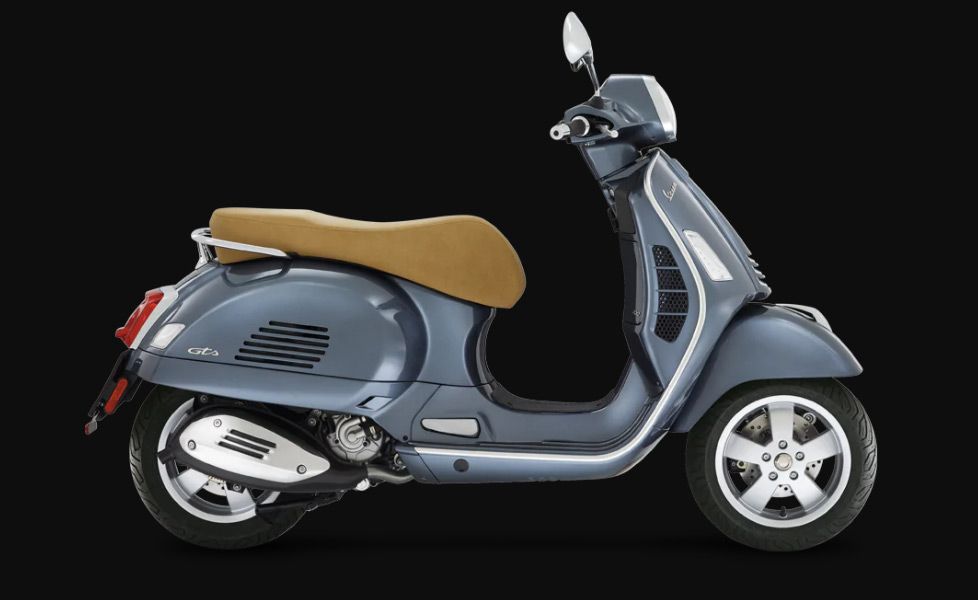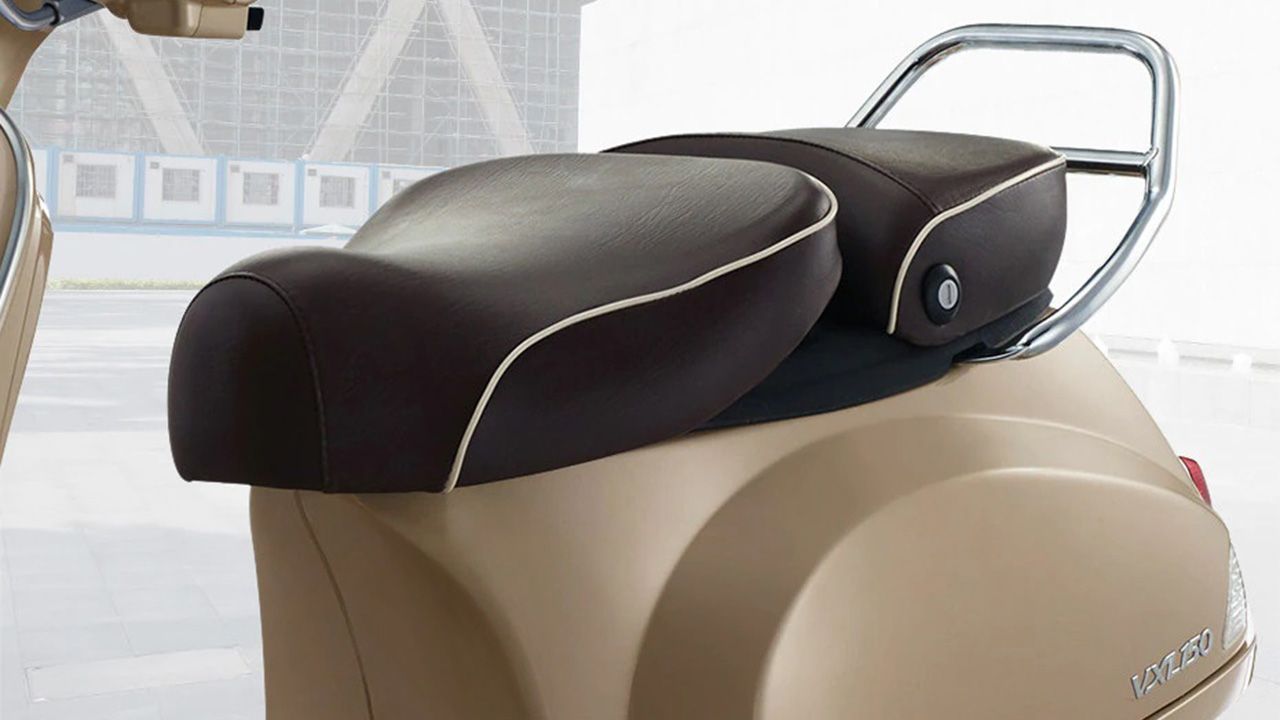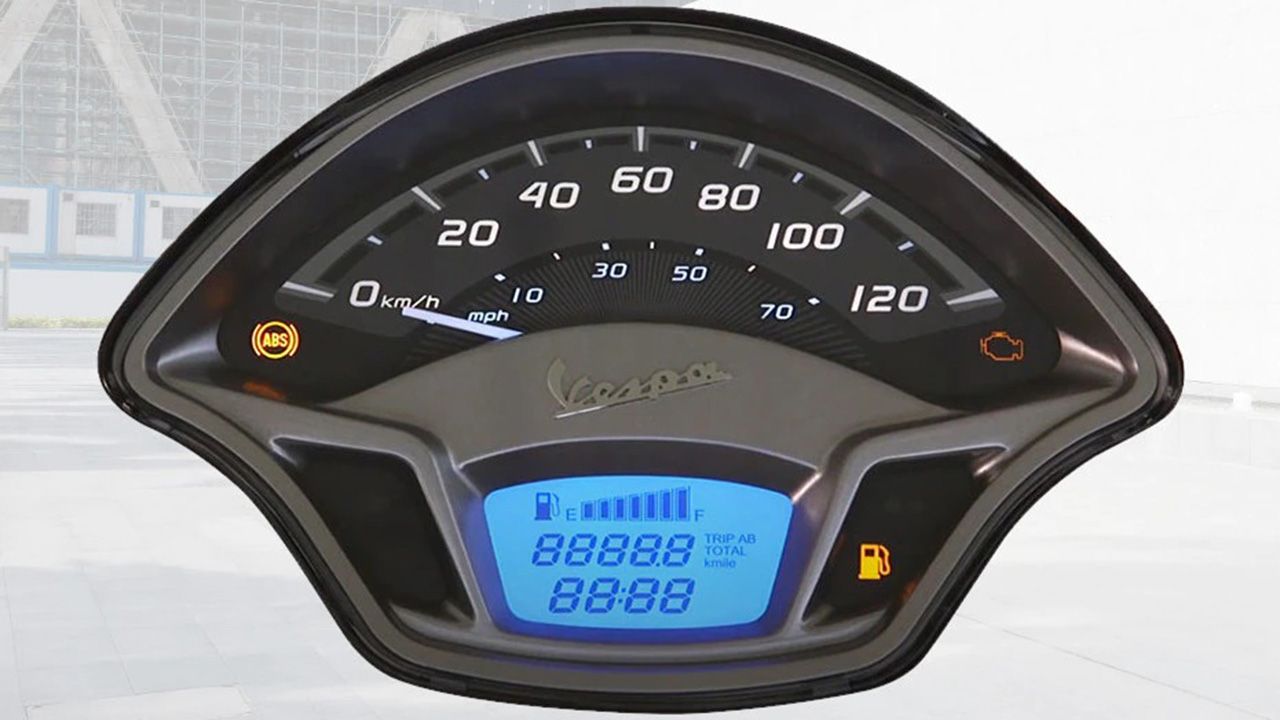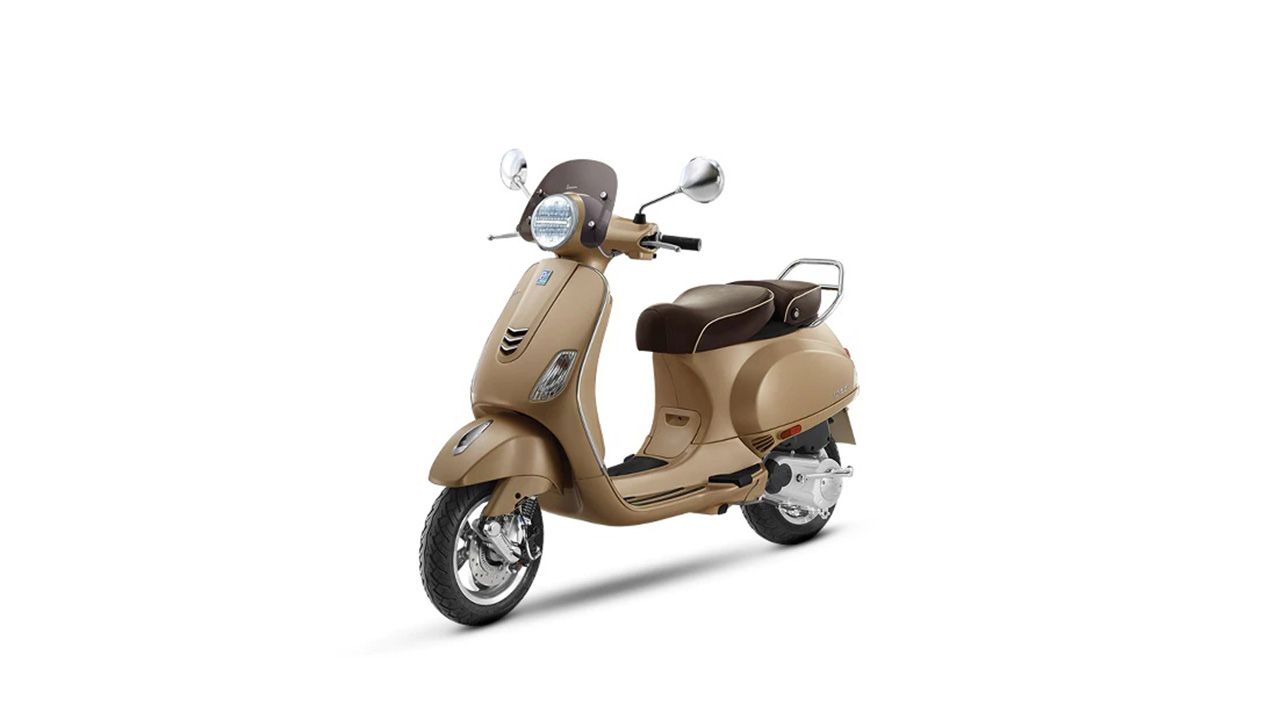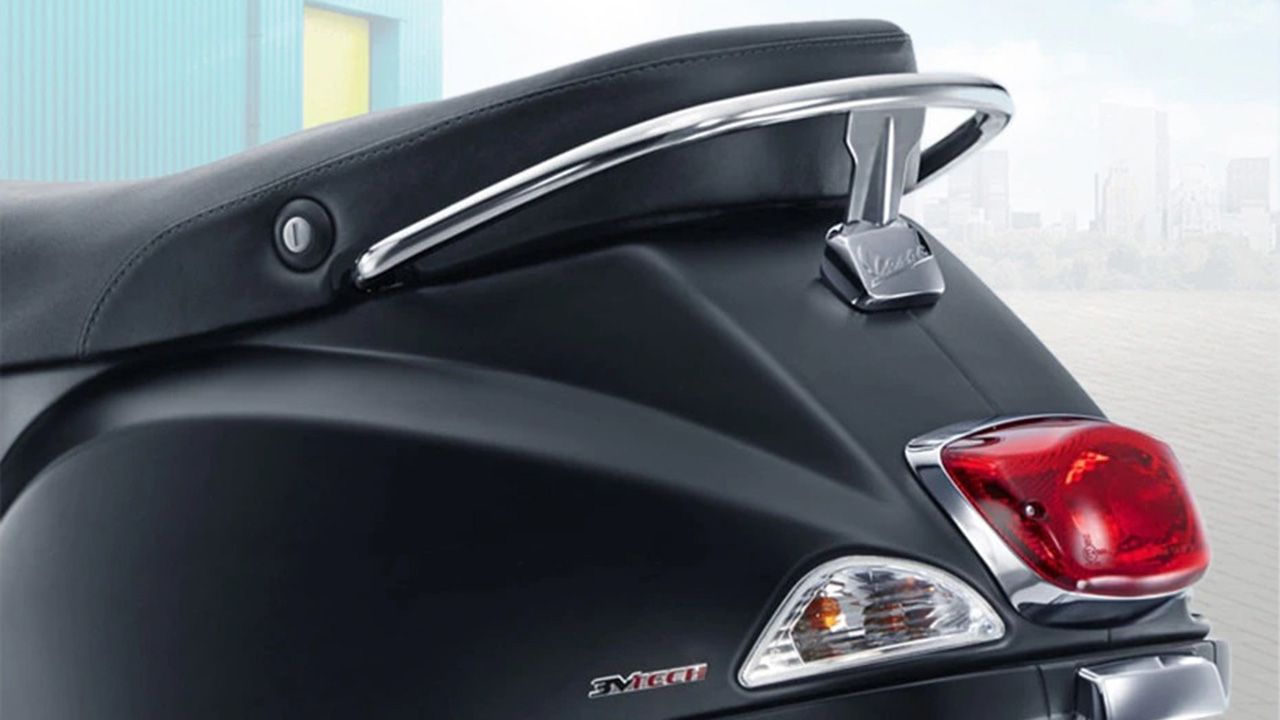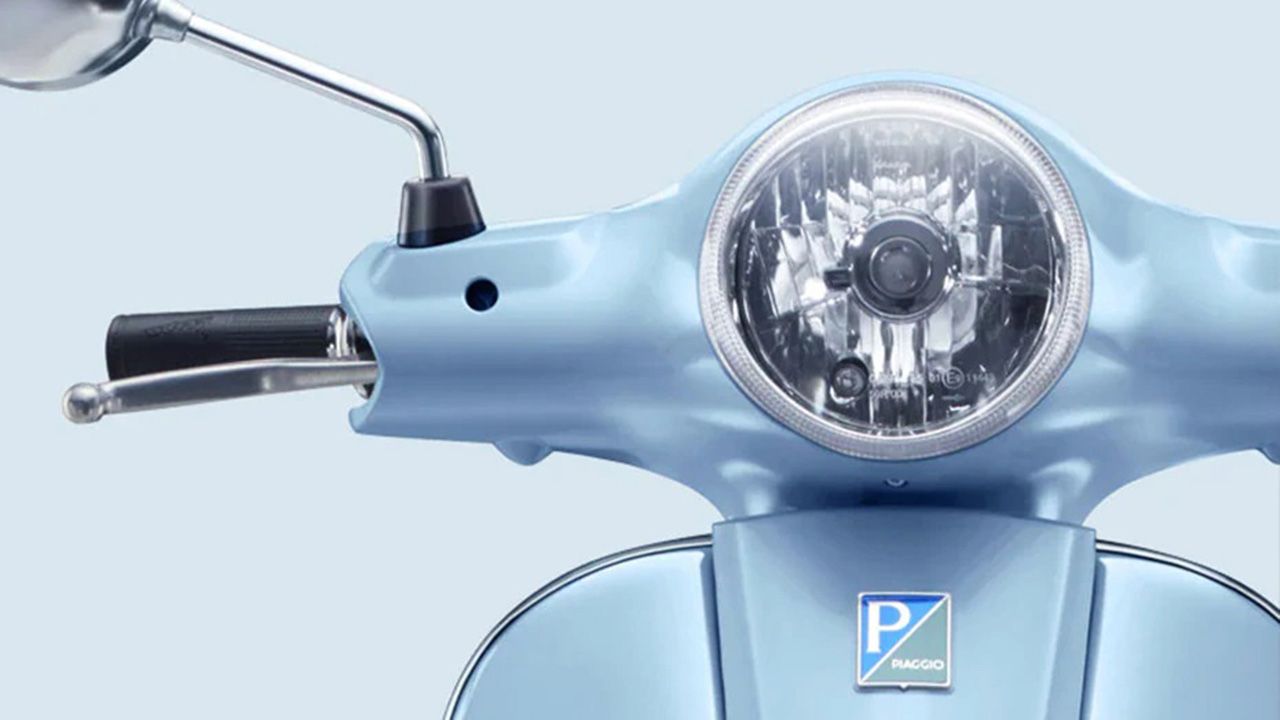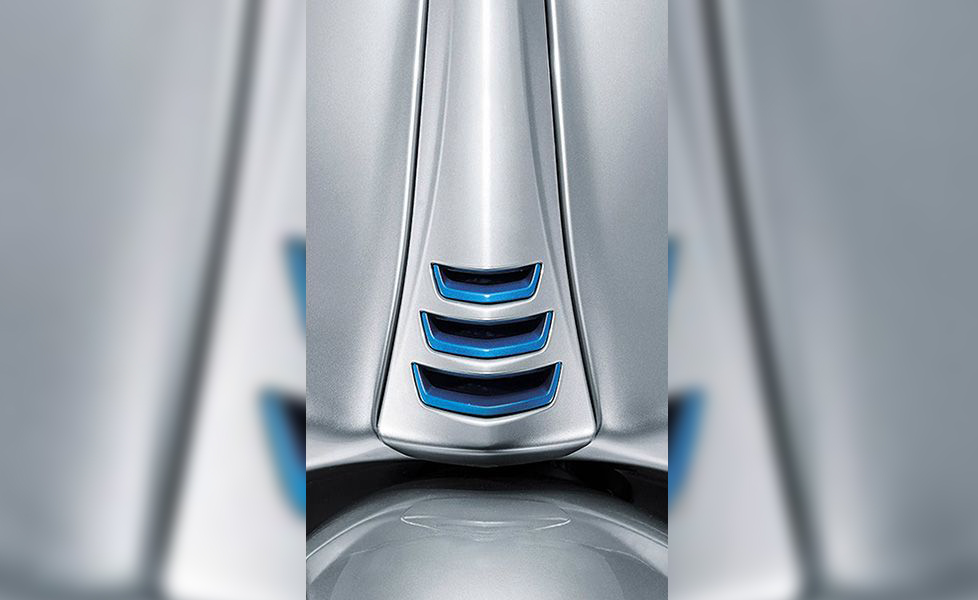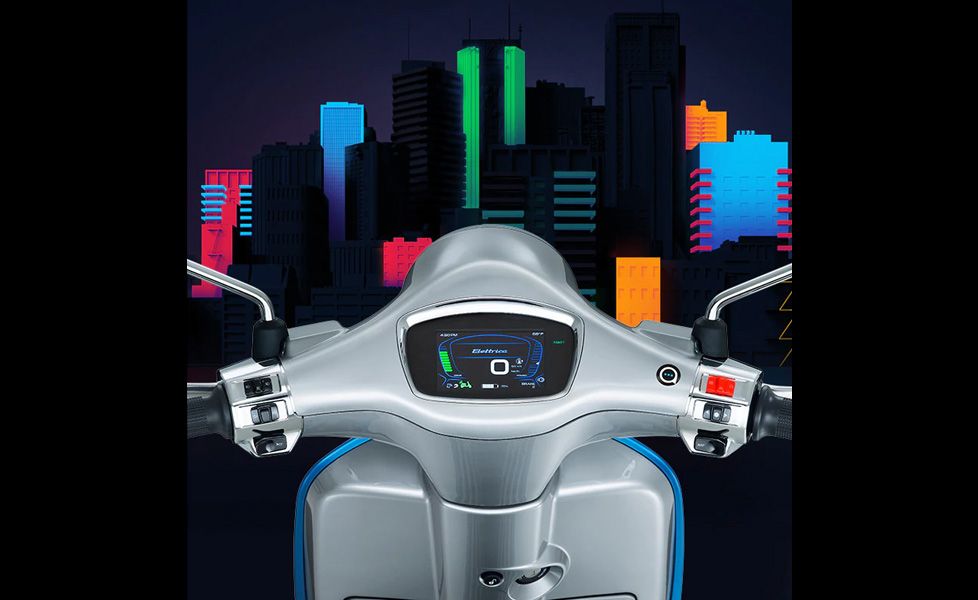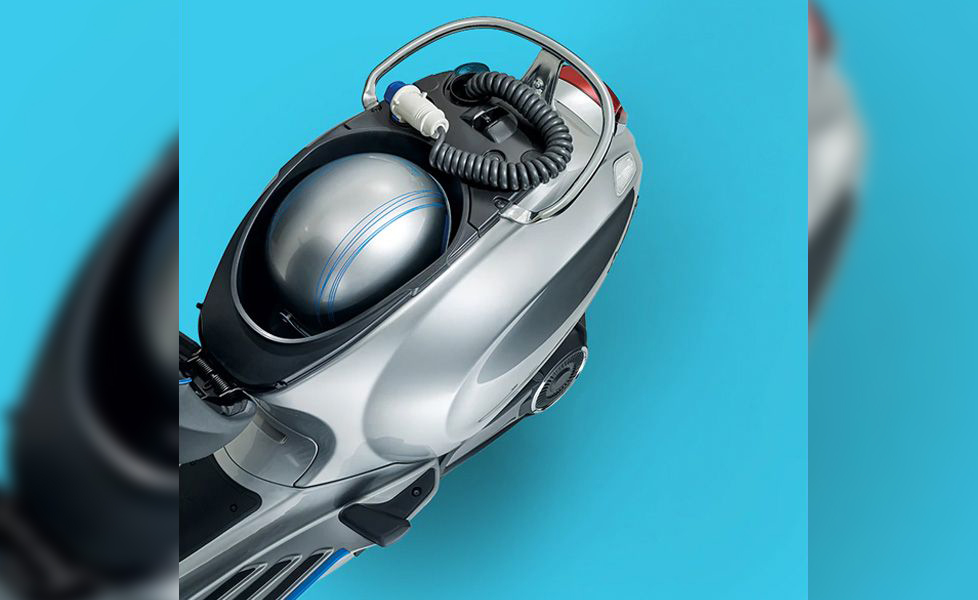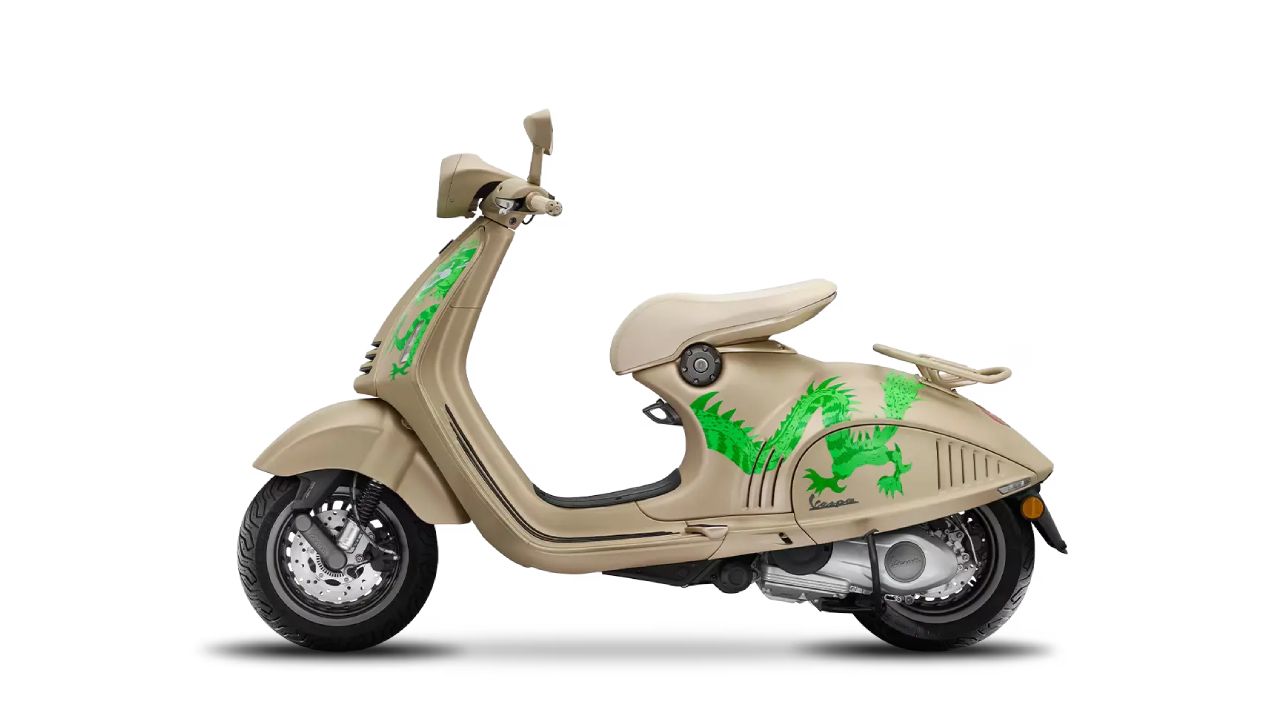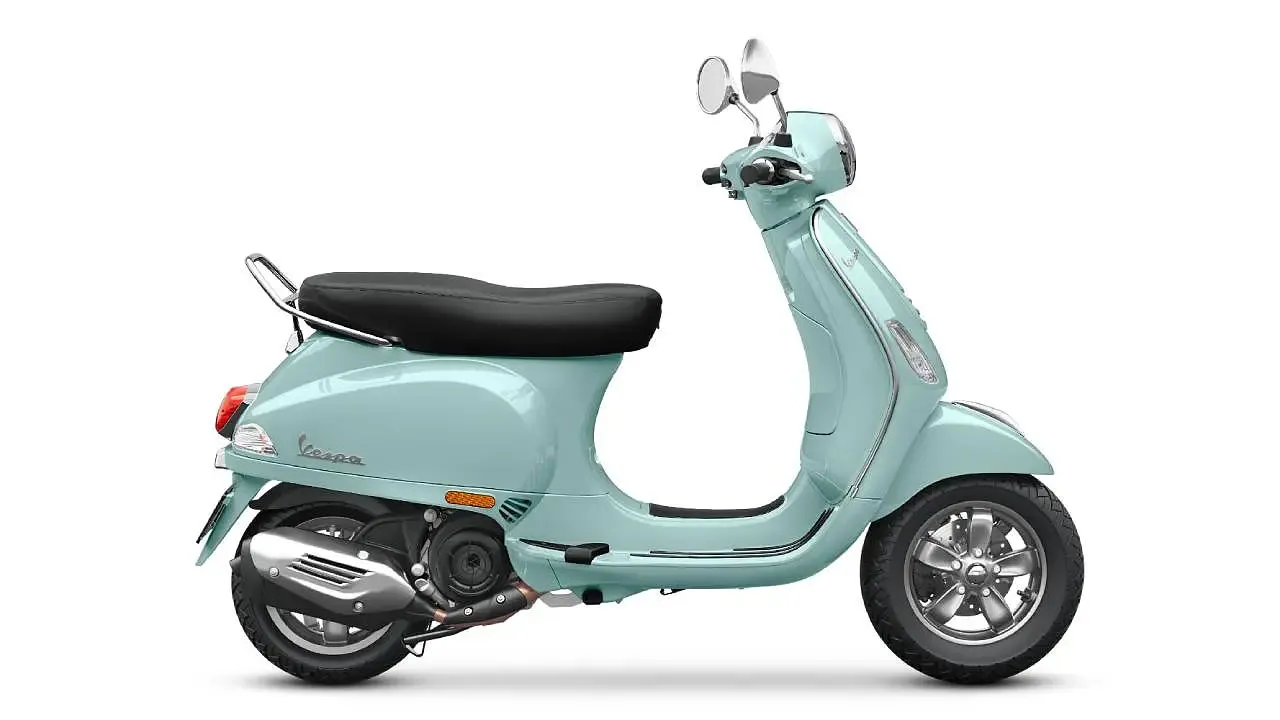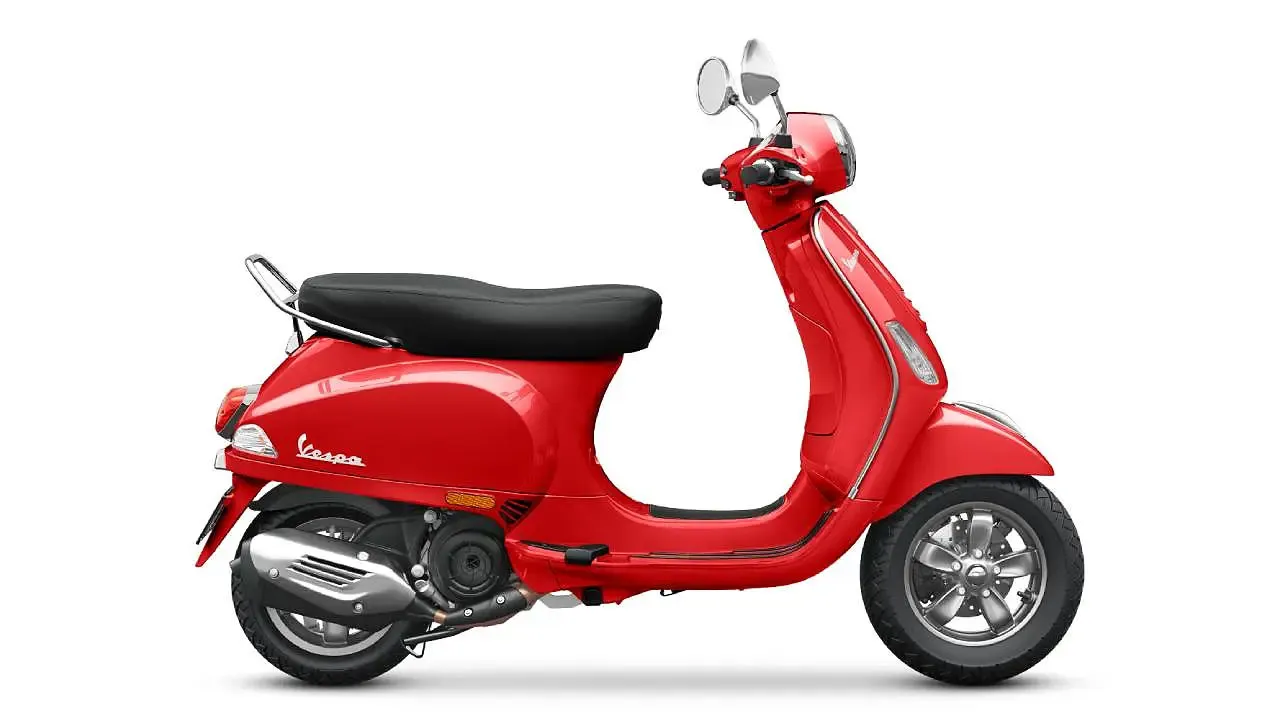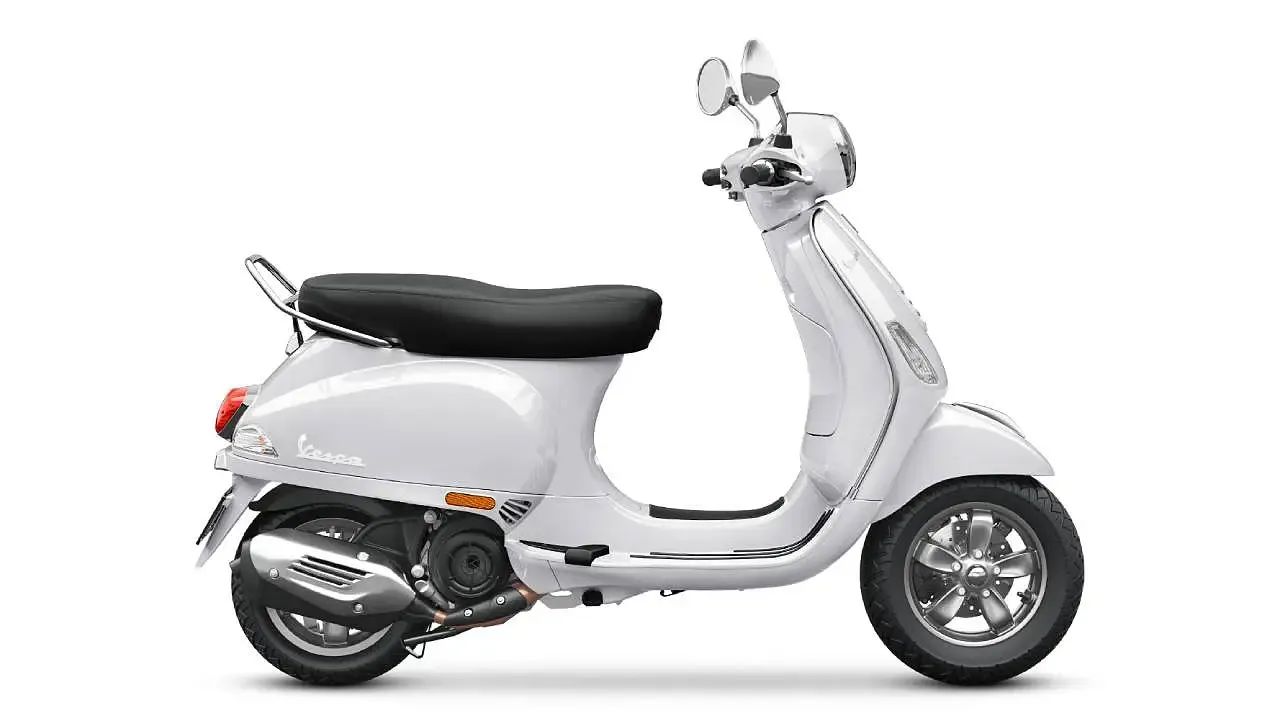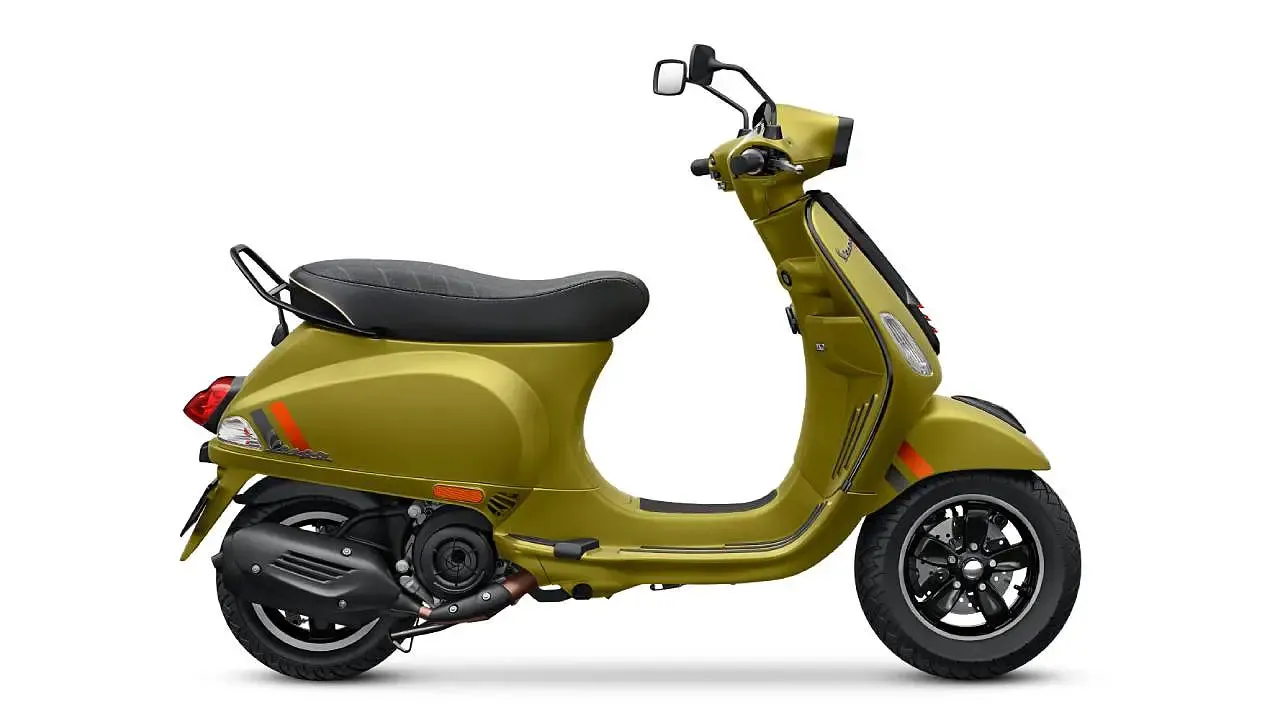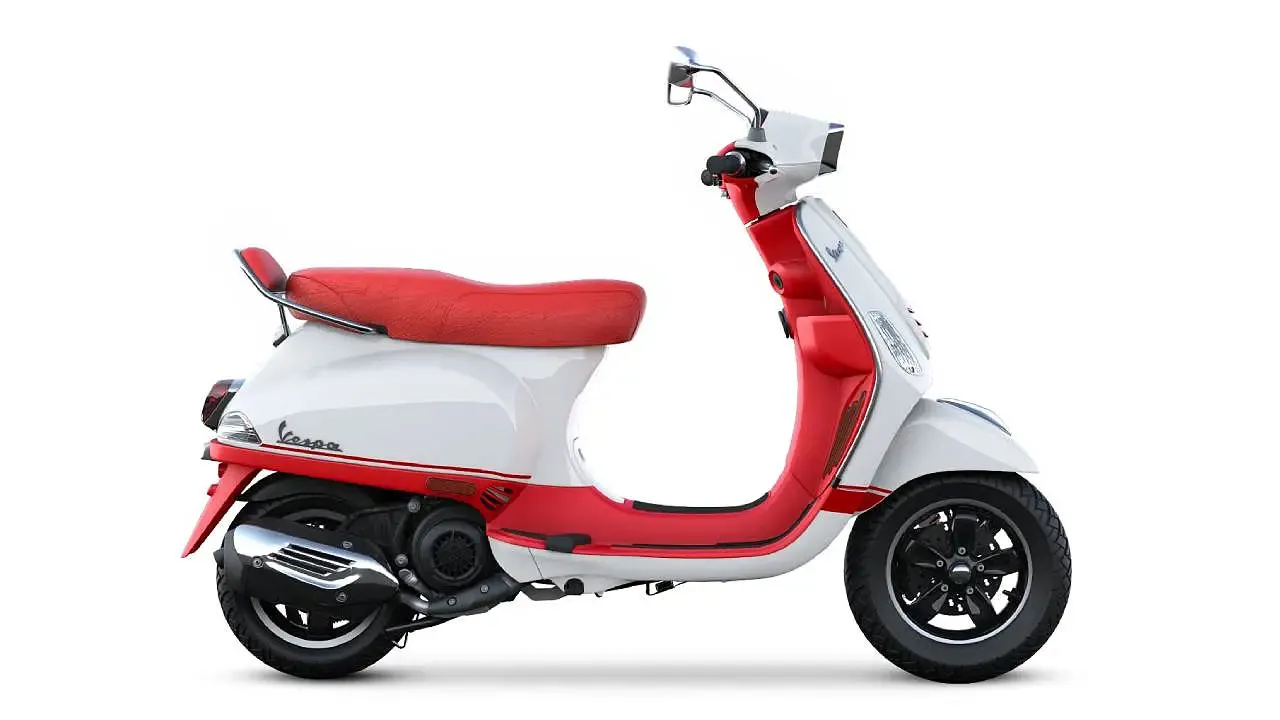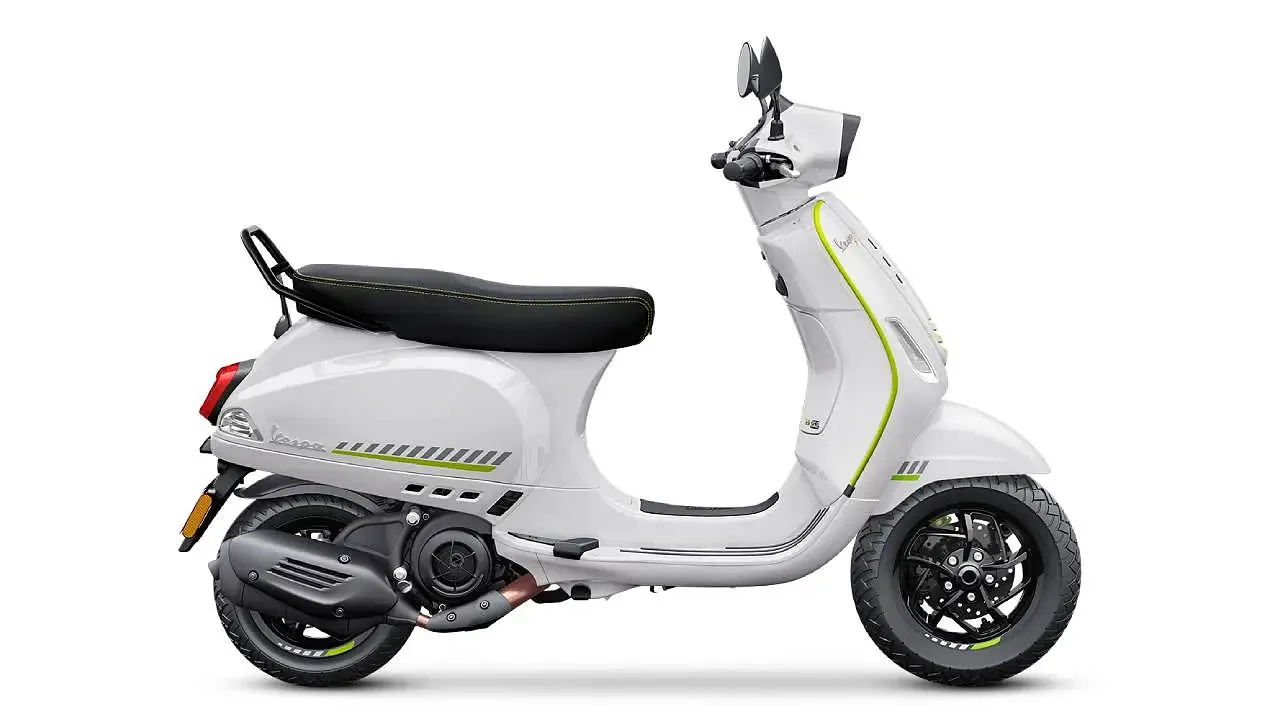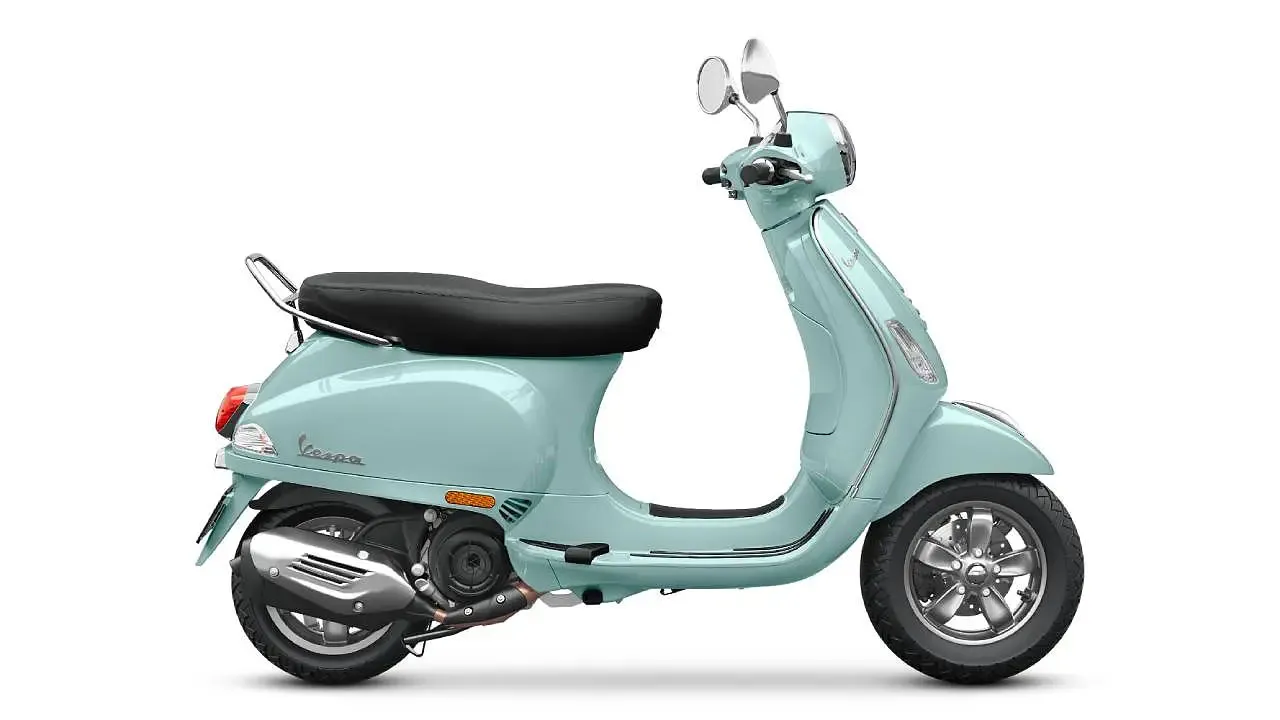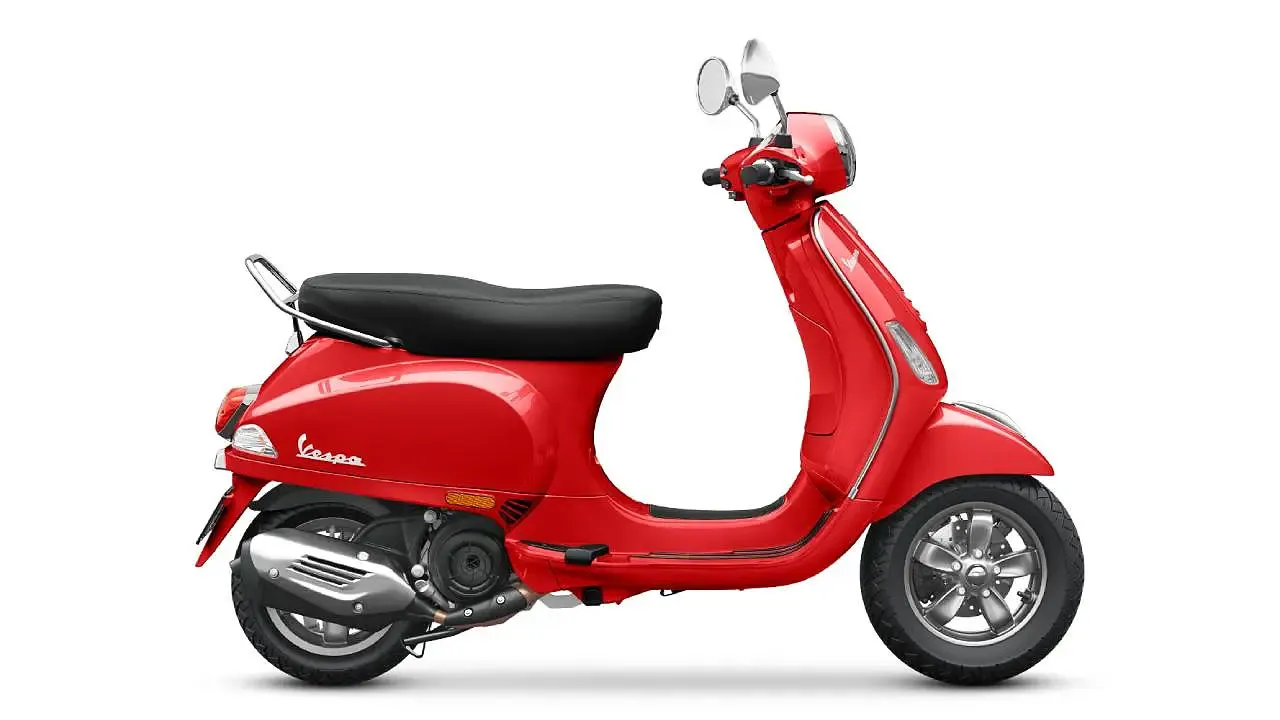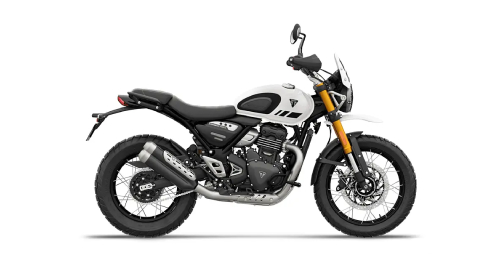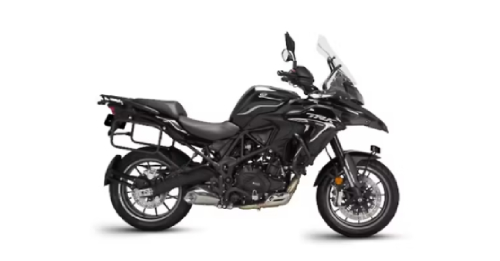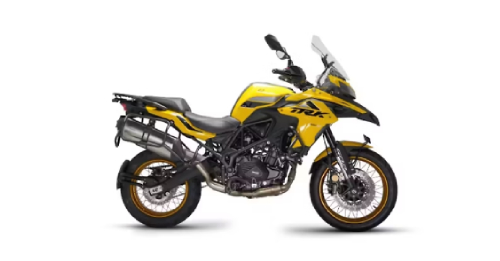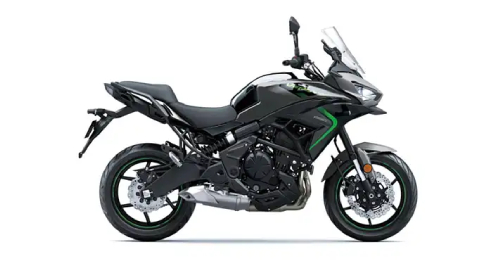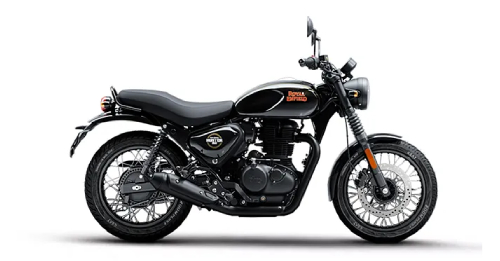In 1944, as Italy embarked on its post-war reconstruction, Piaggio shifted its focus to personal mobility to help out the masses. Rinaldo’s son, Enrico, achieved this aim with his most talented aeronautical engineer, Corradino D’Ascanio and they jointly came up with the first two wheeler from Piaggio, the MP5 ‘Paperino’ prototype.
However, Enrico Piaggio didn’t like the look of the MP5 and passed the job over to Corradino D’Ascanio to review the project and build something different, more advanced both technically and stylistically. Rather than to modify the Paperino, D’Ascanio designed a completely new vehicle (known as the MP6 prototype) from it which was soon to become the legendary Vespa bikes. However, before evolving into the Vespa bikes, about one hundred Paperino models were produced which are now highly prized by collectors all over the world. In April 1946, Enrico gave the go-ahead for mass production of the first 98cc Vespa motorcycles, offering optional features like a speedometer, a side stand and white wall tyres.
To date, Piaggio has shipped more than 18 million Vespa bikes around the globe. Contributing to this success were bikes that have become legends, like the Vespa 50 in 1963 and dozens of models that, over the years, have renewed the myth. The Vespa 150 GS of 1955 was the first ‘sports’ model to reach 100 km/h, followed by the 180 SS in 1965. The 125 Primavera of 1968 became one of the symbols of a generation that left its mark on the history of the world. The 180 Rally from 1968 introduced the new and more powerful front headlamp, the 50 Elestart of 1970 launched an electric starter system, while the imposing 200 Rally of 1972 became the Vespa for travellers exploring the world.
In 1984, the PK 125 marked the debut of the automatic transmission, the most radical change since 1946. In 1996, the ET4 125 was the first Vespa two wheeler with a 4-stroke central engine and automatic transmission: Launched to mark the Vespa Jubilee, over the next two years, it became the best-selling branded two-wheeler in Europe.
The Vespa bikes, however, has had chequered relations with India. More than four decades ago, Piaggio had licensed the production of Vespa bikes to Bajaj Auto Ltd. The joint venture came to an end in 1971 and the company then partnered with LML Motors in 1983 to make and sell Vespa bikes in India. It exited the venture in 1999 when LML acquired Piaggio’s stake. The iconic Vespa bikes re-entered the Indian market after a 13-year hiatus as its parent, Piaggio, unveiled its range of two wheeler at the 2012 Delhi Auto Expo. This time, Piaggio had set up shop in India without a local partner.
In April 2012, Piaggio launched the Vespa LX 125 in India, making it the first official Vespa motorcycles since the brand’s comeback. In order to cope with increased sales and for future expansion plans, Piaggio also set up their third manufacturing facility at Baramati in Maharashtra, which would specifically cater to the production of current and future Vespa bike models in India.
The range of Vespa bikes in India consists of the LX 125, VXL 125, SXL 125, Vespa RED, VXL 150, SXL 150 and the Elegante 150 which form the company’s 2018 product line-up.
Vespa bike prices in India start at around ₹ 73,200 for the 2018 LX 125 and go up to ₹ 1 lakh for the 2018 Elegante 150. All Vespa bike price listings can be found on the website of autoX.
